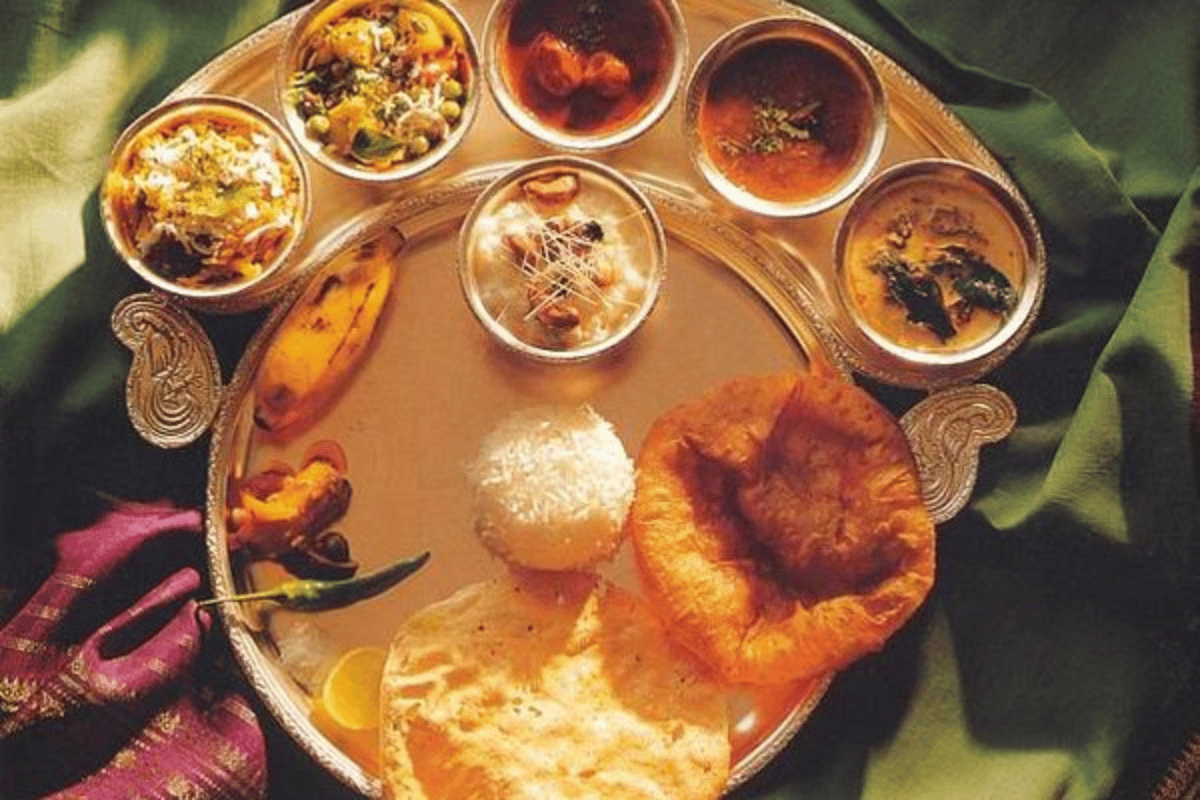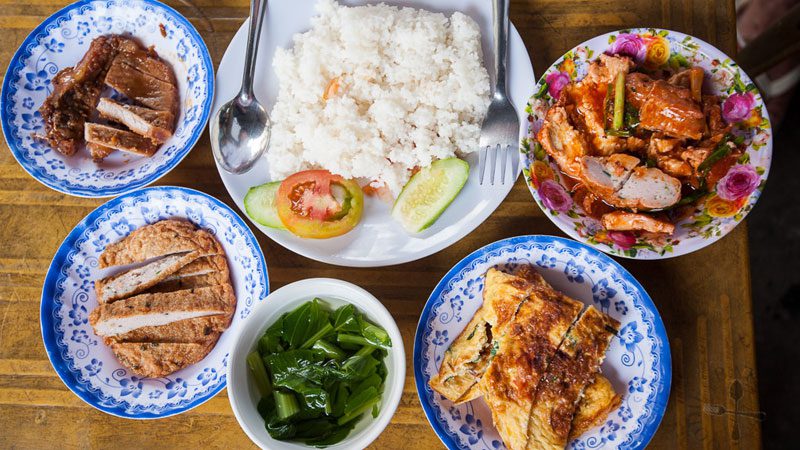Vietnamese Street Food: A Must-Try List for Indian Food Lovers offers a tantalizing journey through the bustling lanes of Vietnam, where every bite tells a story of cultural fusion and culinary brilliance. For Indian travelers, the vibrant flavors, aromatic herbs, and balanced spices of Vietnamese street food feel both comfortingly familiar and excitingly new. This guide dives deep into dishes that resonate with the Indian palate while introducing fresh textures and tastes.
Introduction: A Culinary Bridge Between Vietnam and India

Vietnam and India share more than just a love for rice and spices—they celebrate food as a communal experience, a blend of tradition and innovation. Vietnamese street food, with its emphasis on freshness and bold flavors, mirrors the complexity of Indian cuisine while offering a lighter, herb-driven twist.
The Shared Love for Fresh Ingredients
Both cuisines prioritize seasonal produce and aromatic herbs. While Indian dishes rely on turmeric, cumin, and coriander, Vietnamese food elevates meals with lemongrass, mint, and fish sauce. The result? A harmony of flavors that feels like a natural extension of the Indian spice palette.
Balancing Heat and Sweet
Indian food lovers will appreciate how Vietnamese street food masterfully balances chili heat with sweet, tangy, and umami notes. Dishes like Bun Bo Hue (spicy beef noodle soup) or Goi Cuon (fresh spring rolls) showcase this duality, much like the interplay of jaggery and green chilies in Indian chutneys.
Street Food as a Cultural Experience
In Vietnam, street food isn’t just about eating—it’s about connection. From sidewalk pho stalls to bustling night markets, the energy mirrors India’s chaat corners and dosa carts. This shared vibrancy makes Vietnamese street food feel like home, yet thrillingly foreign.
Why Vietnamese Street Food Appeals to the Indian Palate

The Indian love for layered flavors finds a kindred spirit in Vietnamese cuisine. Here’s why these dishes resonate so deeply:
The Herb-Forward Philosophy
Vietnamese meals are incomplete without a heap of fresh herbs—cilantro, Thai basil, and perilla leaves. For Indians accustomed to garnishing dishes with coriander or mint, this herbaceousness feels instinctive. The difference lies in the combinations: Vietnamese Banh Mi sandwiches, for instance, pair herbs with pickled carrots and daikon, creating a crunch reminiscent of Indian kachumber.
Spice Without Overpowering
While Indian curries often embrace heavy spice blends, Vietnamese dishes like Bun Cha or Mi Quang use chili and garlic subtly, letting ingredients shine. This nuanced heat appeals to Indians who enjoy flavor complexity without overwhelming fieriness.
Comfort in Carb-Loaded Goodness
From rice noodles to crispy baguettes in Banh Mi, Vietnamese street food celebrates carbs just as enthusiastically as Indian parathas or idlis. The textures—chewy, crunchy, or silky—add a dimension that feels both novel and nostalgic.
Must-Try Vietnamese Street Food for Spice Enthusiasts

For Indians who live for heat, these dishes deliver a kick with finesse:
Bun Bo Hue – The Spicy Sibling of Pho
This central Vietnamese noodle soup is a fiery contrast to mild pho. Rich beef broth is infused with lemongrass and chili oil, topped with tender brisket and pork knuckles. The heat builds gradually, much like a robust rasam, making it perfect for those who crave slow-burning spice.
Banh Trang Tron – Vietnam’s Answer to Bhel Puri
A chaotic mix of shredded green mango, dried shrimp, quail eggs, and chili-lime dressing, this salad is a textural adventure. The tangy-spicy profile mirrors chaat, while the crunch of rice paper chips substitutes for puri. It’s a must-try for lovers of sweet-sour-spicy contrasts.
Vegetarian Delights: Plant-Based Vietnamese Street Food Options
Vietnam’s Buddhist heritage ensures a wealth of meat-free options:
Banh Xeo – Crispy Coconut Crepes
These turmeric-stained crepes are stuffed with mung beans, mushrooms, and bean sprouts. The crisp exterior and soft interior mimic dosa, while the accompanying herb platter and dipping sauce echo sambar and chutney.
Com Chay – Vegan Rice Bowls
A humble yet satisfying meal, com chay features caramelized tofu, pickled veggies, and fried shallots over rice. The umami depth from soy sauce and the crunch of toppings make it a wholesome alternative to Indian thalipith or pulao.
Navigating Vietnamese Street Food Culture: Tips for Indian Travelers
Embrace the Chaos
Street food stalls are often cramped and noisy—lean into the energy. Observe locals to learn how to eat like a pro, whether it’s slurping noodles or assembling Banh Mi bites.
Communicate Dietary Needs
While fish sauce is ubiquitous, vendors can often substitute soy sauce for vegetarians. Learn phrases like “chay” (vegetarian) or “khong thit” (no meat) to customize orders.
Beyond Pho: Exploring Regional Variations of Vietnamese Street Food
Central Vietnam’s Hidden Gems
Dishes like Cao Lau (Hoi An noodles with pork and crispy croutons) or Mi Quang (turmeric noodles with shrimp) highlight regional diversity. The flavors are bolder, with more herbs and spice, appealing to fans of Andhra or Chettinad cuisine.
Southern Sweetness
In Ho Chi Minh City, Hu Tieu (clear noodle soup) and Banh Canh (thick udon-like noodles) offer milder, sweeter profiles. Coconut milk-based desserts like Che Ba Mau (three-color bean dessert) will delight those with a sweet tooth.
Conclusion
Vietnamese Street Food: A Must-Try List for Indian Food Lovers isn’t just a guide—it’s an invitation to explore a world where every bite bridges familiarity and adventure. From herb-laden rolls to fiery broths, Vietnam’s streets offer a culinary dialogue that feels destined for Indian taste buds. So, pack your chopsticks and curiosity; the flavors of Vietnam await.
`




